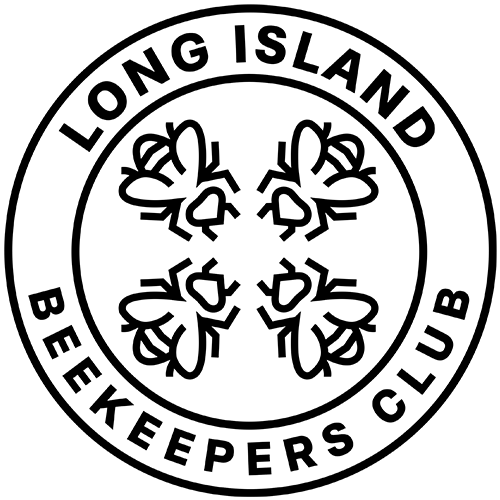I hope you had a great Holiday Season so far! I hope your bees are doing well. Beekeepers are reporting that they are feeding their hives more this year than other years. So, take note and check your hives for food.
We just passed the Winter Solstice on December 21st. That means our days are going to start getting ever so slightly longer and it is believed that this is the trigger that signals the queen to start laying again. Although the queen may start laying, there are a few other requirements for the bees to raise brood. One of the most obvious is that the bees need food. The queen may lay, but if there is not enough food, the bees will eat the eggs rather than raise the brood. They need honey/carbs to survive and to make heat. They also need pollen/bee bread to make brood food. They also need a bit of moisture to thin the honey and for the brood to be healthy and the eggs hatch.
Bees can run out of food in the winter and you will never know unless you check. Some beekeepers weigh their hives. They feed to a target weight and check the weight through the winter, feeding when the weight gets to a certain point. Most of us have to check for bees at the top by looking through the vent hole in the inner cover. The bees move up through their honey stores, and if they run out of honey, they will be at the very top of the hive. If you wrapped and insulated, this means you must lift the insulation (I use newspaper, which can be rolled back to look in the vent hole) and check for bees at the vent hole. The best time to do this is in the morning while it is still quite cold. When it warms up, the bees may break cluster and move around the hive. But, first thing in the morning while it is still cold, they will be in cluster. If that cluster is near or at the vent hole, you should feed the bees.
Feeding in the winter is different from feeding in Spring and Fall. You want to use a solid type food for several reasons. First, you don’t want cold syrup dripping on the bees. Second, syrup crystalizes and the bees may be hesitant to take it when it is cold. Lastly, syrup will stimulate brood production, and it is a little too early in January and February to stimulate too much brood production. So, feed winter patties, candy boards, fondant, or sugar on top of a single piece of newspaper (Mountain Camp method). All of these should be on top of the top bars of the frames, under (or in the case of the candy board, replacing) the inner cover. The food needs to be in contact with the bees. DO NOT PUT IT ABOVE THE INNER COVER! They won’t go into that cold space to get it in most cases.
If you are not sure, or will not be around to check for 2 weeks or more, then play it safe and feed.
The pollen is usually not a problem on Long Island, especially for an established hive. You should have seen them socking this away in the fall. It is often in the lower box. If in doubt, a bit of a pollen pattie can be added, usually no earlier than late February. Small Hive Beetles (SHB) love to breed in pollen patties, so replace the small piece with a fresh one every 7 days or so. Wrap and discard the old one in your trash.
Moisture can be recycled in the hive in the winter. You don’t want it dripping down on the bees from a cold hive top. That is why it is recommended to insulate the hive top. The bees will use the recycled moisture to thin the honey and also keep the brood moist. They can get more water from the landing board if snow melts there. You will see them gathering water first thing in the Spring from grass and any other water source. By March, you should have your water source in place.
I hope these reminders are helpful to you and wish your a great bee year in 2022! –Grace


